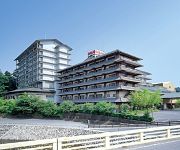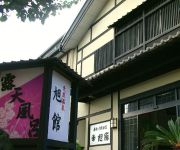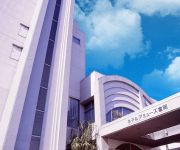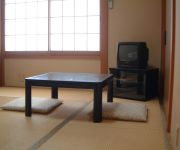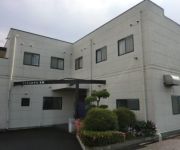Facts and Data
Webpages:
Official Unesco Page
Basis Data:
Unesco World heritage since: 2014
Size of heritage: 7.20 ha
- Buffer zone: 415 ha
Coordinates:
Longitude: 138,888°
Latitude: 36,255°
Summary
This property is a historic sericulture and silk mill complex established in 1872 in the Gunma prefecture north-west of Tokyo. Built by the Japanese Government with machinery imported from France, it consists of four sites that attest to the different stages in the production of raw silk: production of cocoons in an experimental farm; a cold-storage facility for silkworm eggs; reeling of cocoons and spinning of raw silk in a mill; and a school for the dissemination of sericulture knowledge. It illustrates Japan’s desire to rapidly adopt the best mass production techniques, and became a decisive element in the renewal of sericulture and the Japanese silk industry in the last quarter of the 19th century. It marked Japan’s entry into the modern, industrialized era, and propelled it to become the world’s leading exporter of raw silk, notably to France and Italy.
Location on Map
Show bigger map on Openstreetmap
Tomioka Silk Mill and Related Sites
The Tomioka Silk Mill and Related Sites is a UNESCO World Heritage site located in Tomioka, Gunma Prefecture, Japan. It was inscribed on the World Heritage list in 2014 for its outstanding universal value as a symbol of Japan's industrial revolution and the development of the silk industry.
History
The Tomioka Silk Mill was established in 1872 during the Meiji era, a time when Japan was rapidly modernizing and embracing Western industrialization. It was the first government-run silk reeling factory in Japan and played a crucial role in the country's silk industry, which was a major export and source of income at the time.
The mill was designed by French engineer Paul Brunat, who was invited to Japan to introduce modern silk-reeling techniques. Brunat's expertise, combined with the availability of high-quality raw silk in the region, made Tomioka an ideal location for the mill.
At its peak, the Tomioka Silk Mill employed over 4,000 workers, both men and women, who were trained in the art of silk reeling. The mill introduced advanced machinery and production methods, significantly increasing the efficiency and quality of silk production in Japan.
During World War II, the mill was repurposed for the production of military uniforms. However, after the war, it resumed its silk production until it was privatized in 1987. The mill finally ceased operations in 2002.
Current State
Today, the Tomioka Silk Mill and Related Sites are meticulously preserved and open to the public as a museum. The main mill building, along with several other structures, showcases the architectural and technological advancements of the time.
The main mill building is a three-story brick structure with a distinct French architectural style. It houses the original silk reeling machines, which are still in working condition. Visitors can witness the intricate process of silk reeling and gain insight into the industrial revolution that took place in Japan.
Other related sites include the Takayama-sha Sericulture School, where workers were trained in silk production techniques, and the Silk Warehouse, which stored the finished silk products before they were shipped out.
The Tomioka Silk Mill and Related Sites provide a unique opportunity to explore the history and significance of Japan's silk industry. The site offers guided tours, interactive exhibits, and educational programs to enhance visitors' understanding of the mill's historical context and its impact on Japan's industrial development.
As a UNESCO World Heritage site, the Tomioka Silk Mill and Related Sites serve as a testament to the ingenuity and determination of the Japanese people during a transformative period in their history. It stands as a reminder of the importance of preserving and celebrating the cultural and industrial heritage of nations around the world.
Hotels and places to stay
Shitakirisuzumenooyado Hotel Isobe Garden
(RYOKAN) Isobe Onsen Asahikan
(RYOKAN) Seseragi no Yu Sakuraya Sakuemon
(RYOKAN) Isobe Onsen Suzume no Oyado Isobekan
(RYOKAN) Nishijoushuu Yuzawa Onsen Yuzawakan
Fujioka Onsen Hotel Resort
Hotel Amuse Tomioka
(RYOKAN) Tomareru Restaurant Mirabell Yukifumi
ビジネスホテル 松屋
Business Hotel Hosen An-nakakan
Videos from the area
Videos provided by Youtube are under the copyright of their owners.

